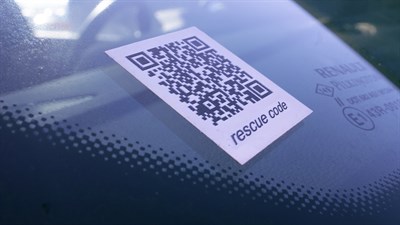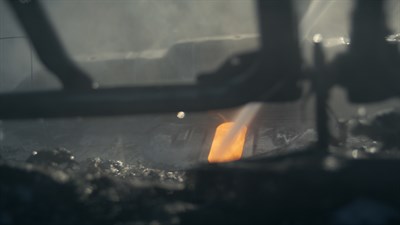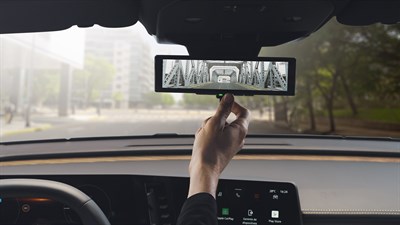RESTRAINT SYSTEMS DEVELOPED BY RENAULT
30%
of children fastened in correctly
10%
of children not fastened in
4x fewer
incorrect uses with Isofix*
15%
of children attached with an Isofix device
*than a system with a seat belt
Fix4sure
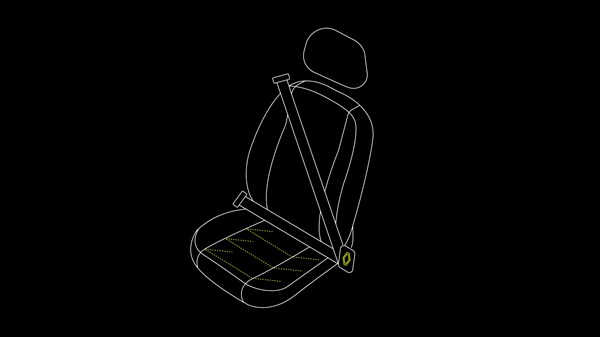
what is the Fix4sure solution?
Created by Renault, the “Fix4Sure” solution belongs to the list of so-called “passive safety” equipment. This device is based on a special seat frame design as well as a low position of the seat belt buckles. This prevents what is known as “submarining” in the event of a head-on collision, whereby the pelvis slides under the lap belt thus compromising the more delicate abdomen.
Isofix
The Isofix attachment method considerably reduces the risk of incorrect installation.
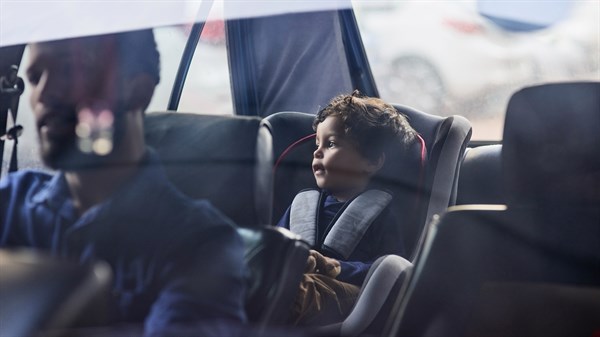
R-129 “i-size” standard, adapted to the size of the child
The R129 (or i-size) standard launched in July 2013 enhances the safety of children in cars by imposing the Isofix attachment system, classifying seats according to the size of the child rather than their weight, and extending the mandatory period for rearward-facing installation (15 months and 80 cm minimum). This standard will replace the R44 standard. Seats that comply with this new standard have been designed to protect against head-on and side impacts using latest generation dummies.
The 6 rules for installing a child in a car
To limit risks in the event of sudden braking or collision, it is important to respect the following 6 rules.
The 7 rules for fastening a seat belt correctly
Whether you are the driver or a passenger, wearing your seat belt is mandatory and vital for travelling in complete safety.
